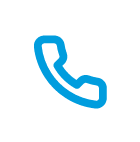© 2025 Genea Energy Partners, Inc. All Rights Reserved.
A physical security audit is incomplete without a checklist that helps double-check each part of the physical security framework...
Talk to an expert
Give us a call



